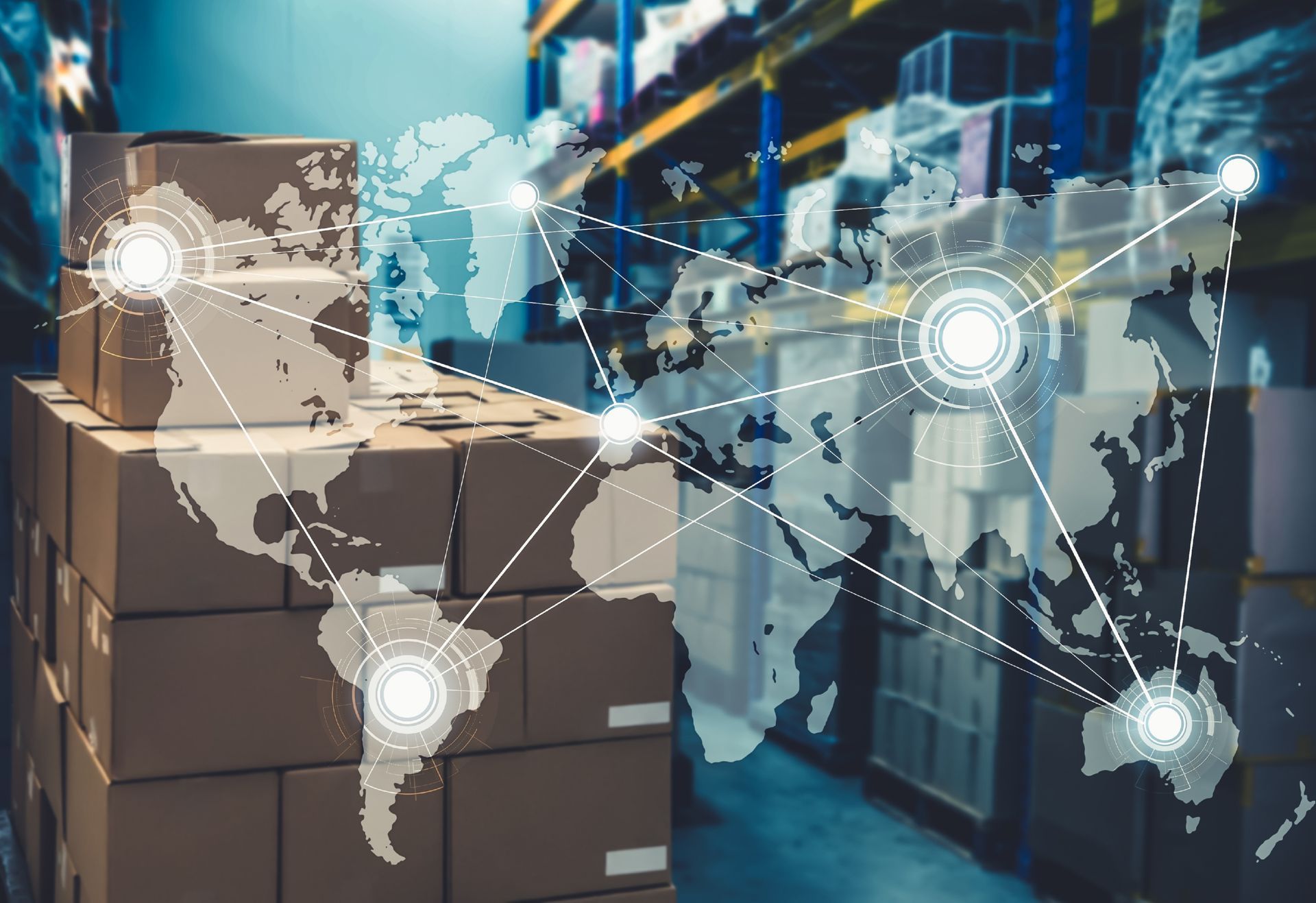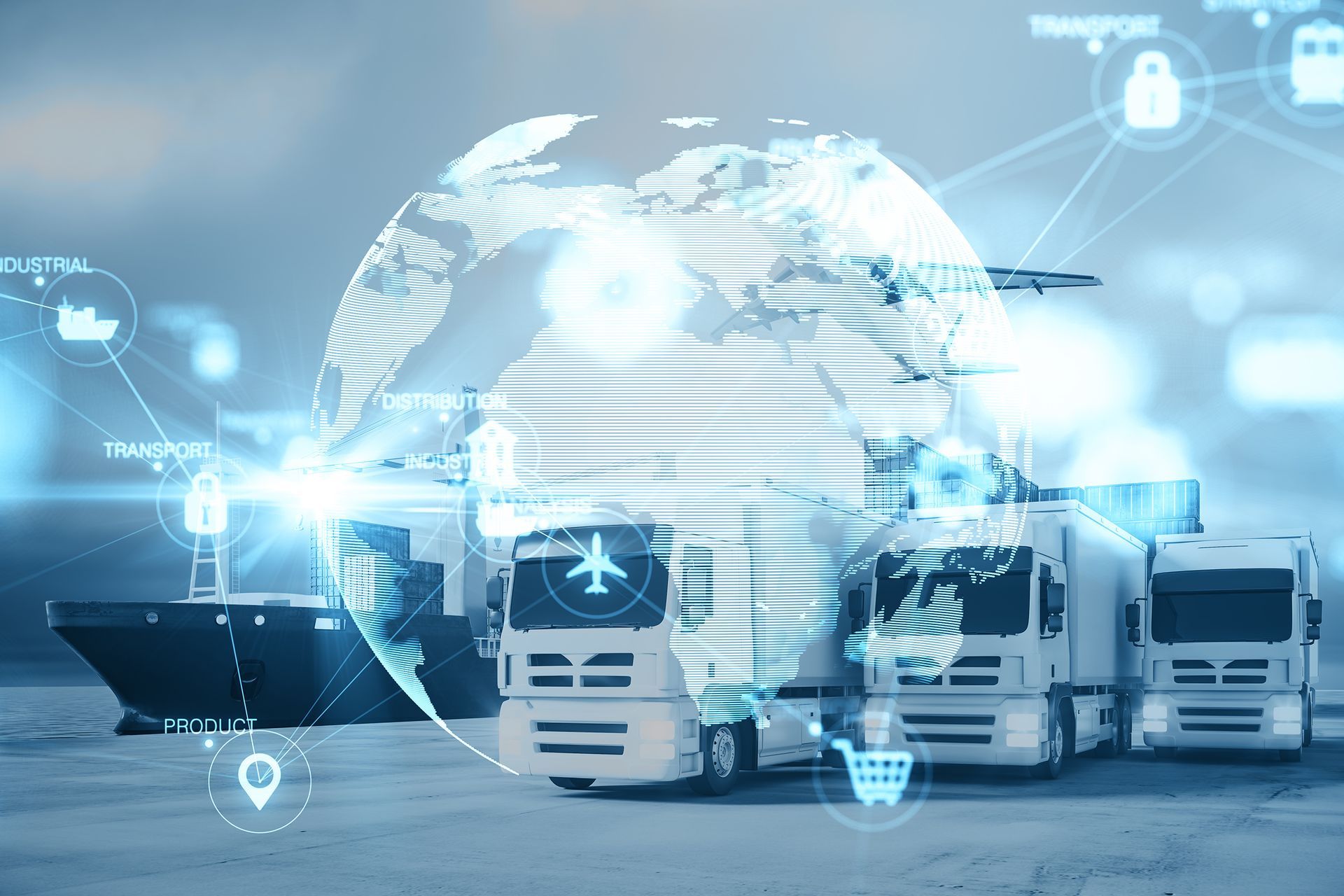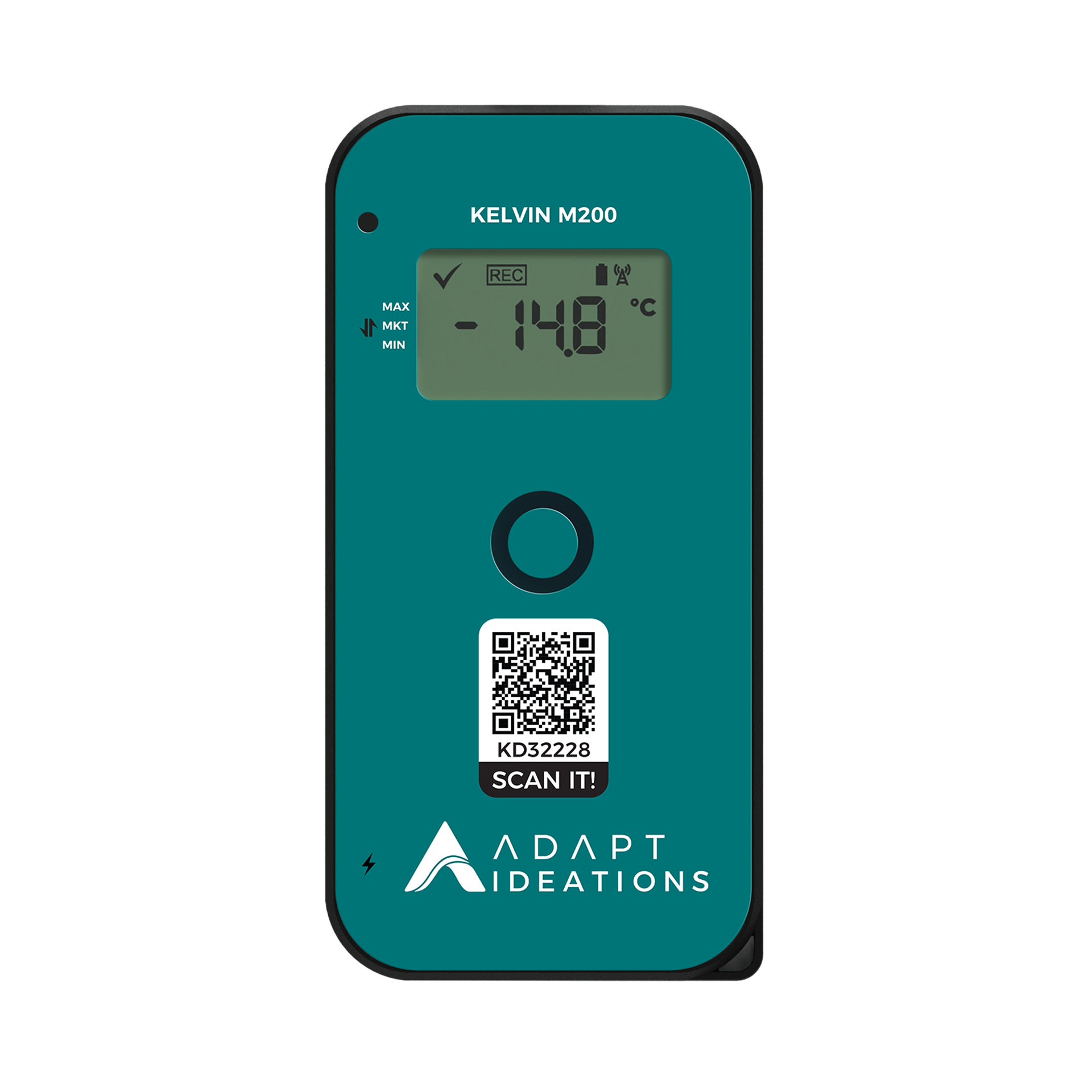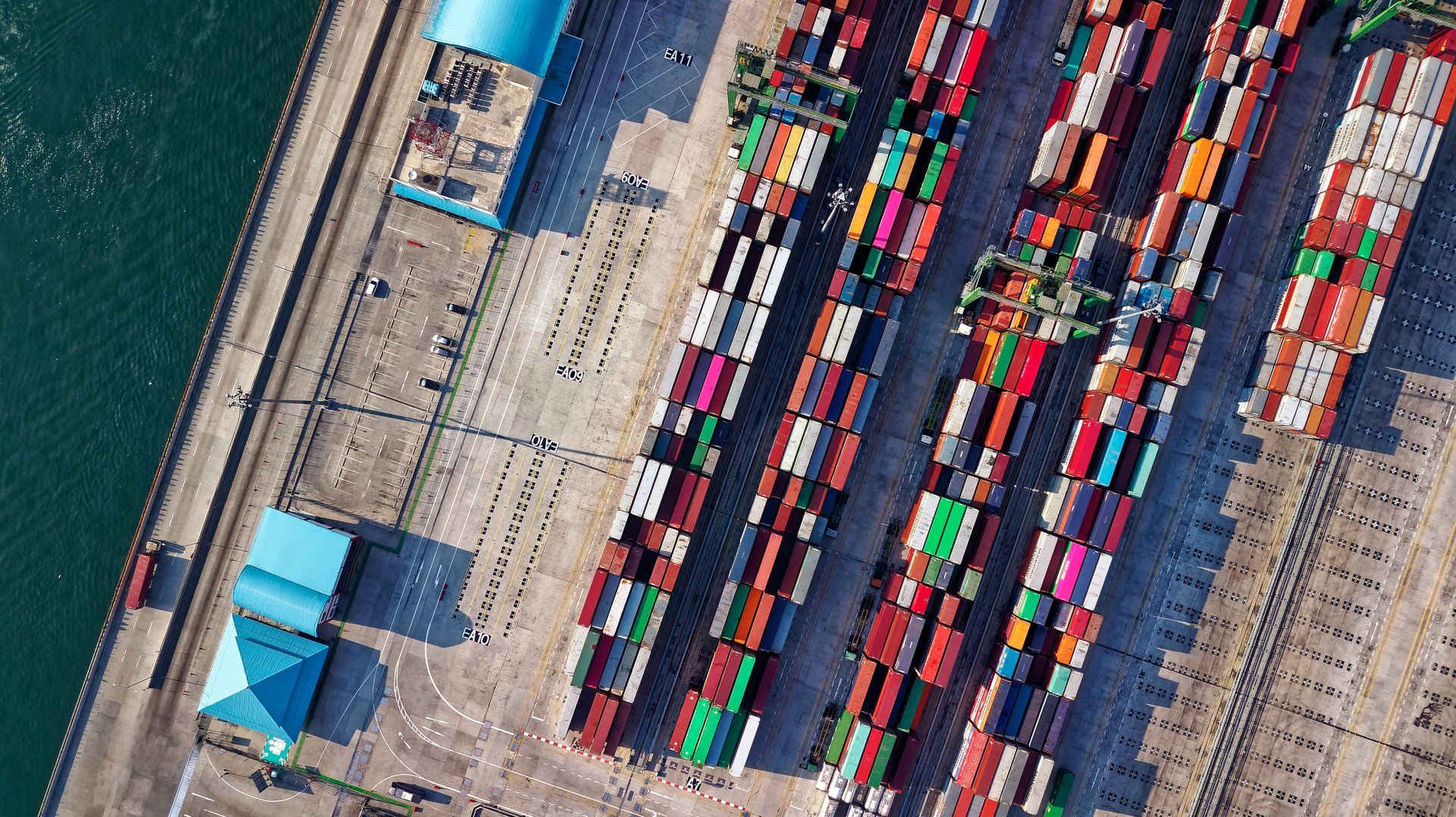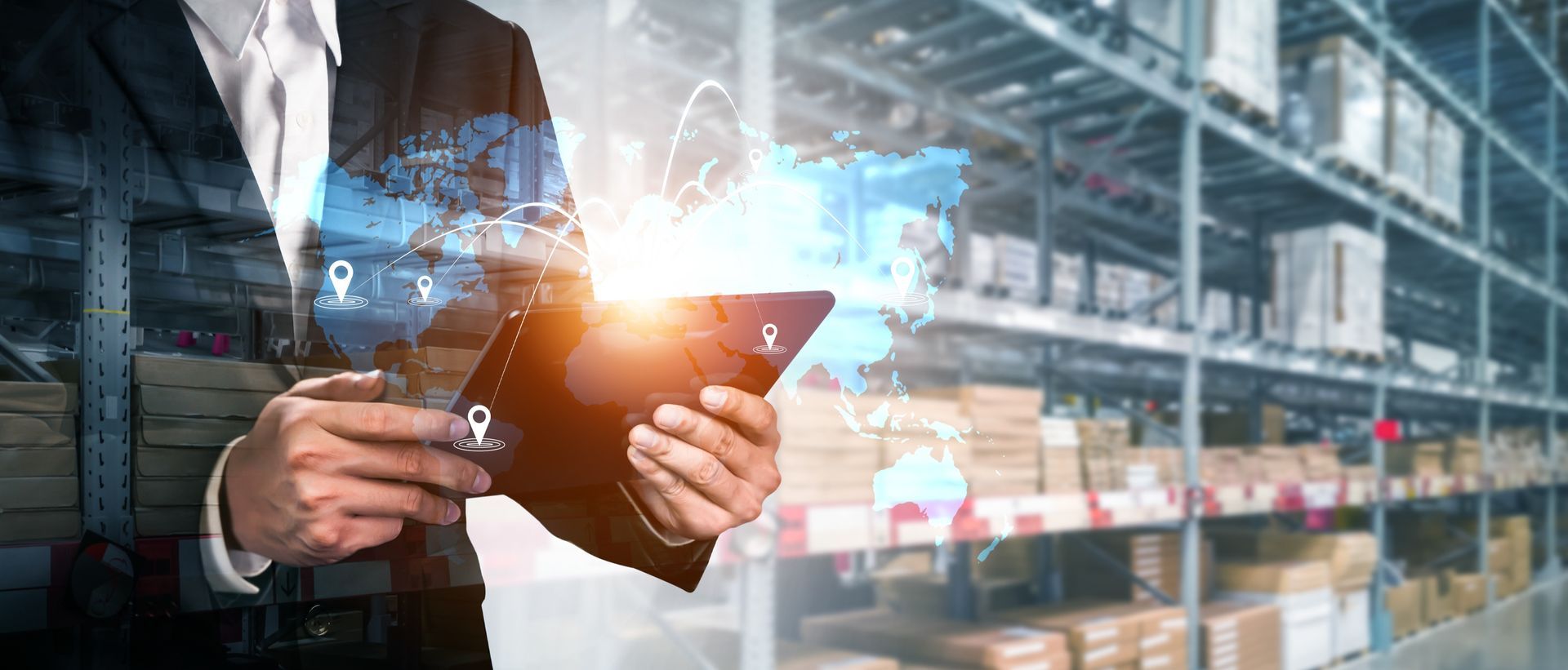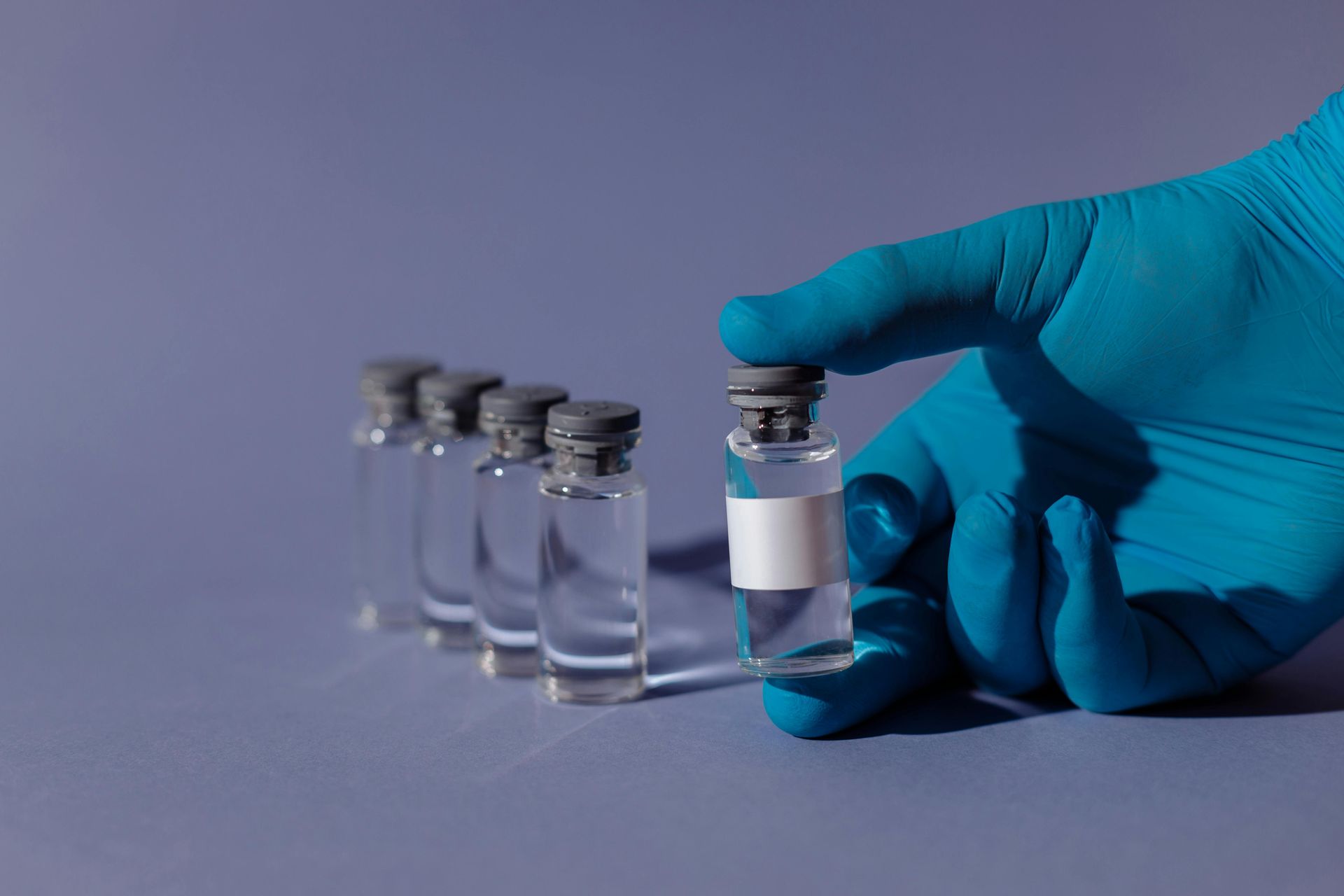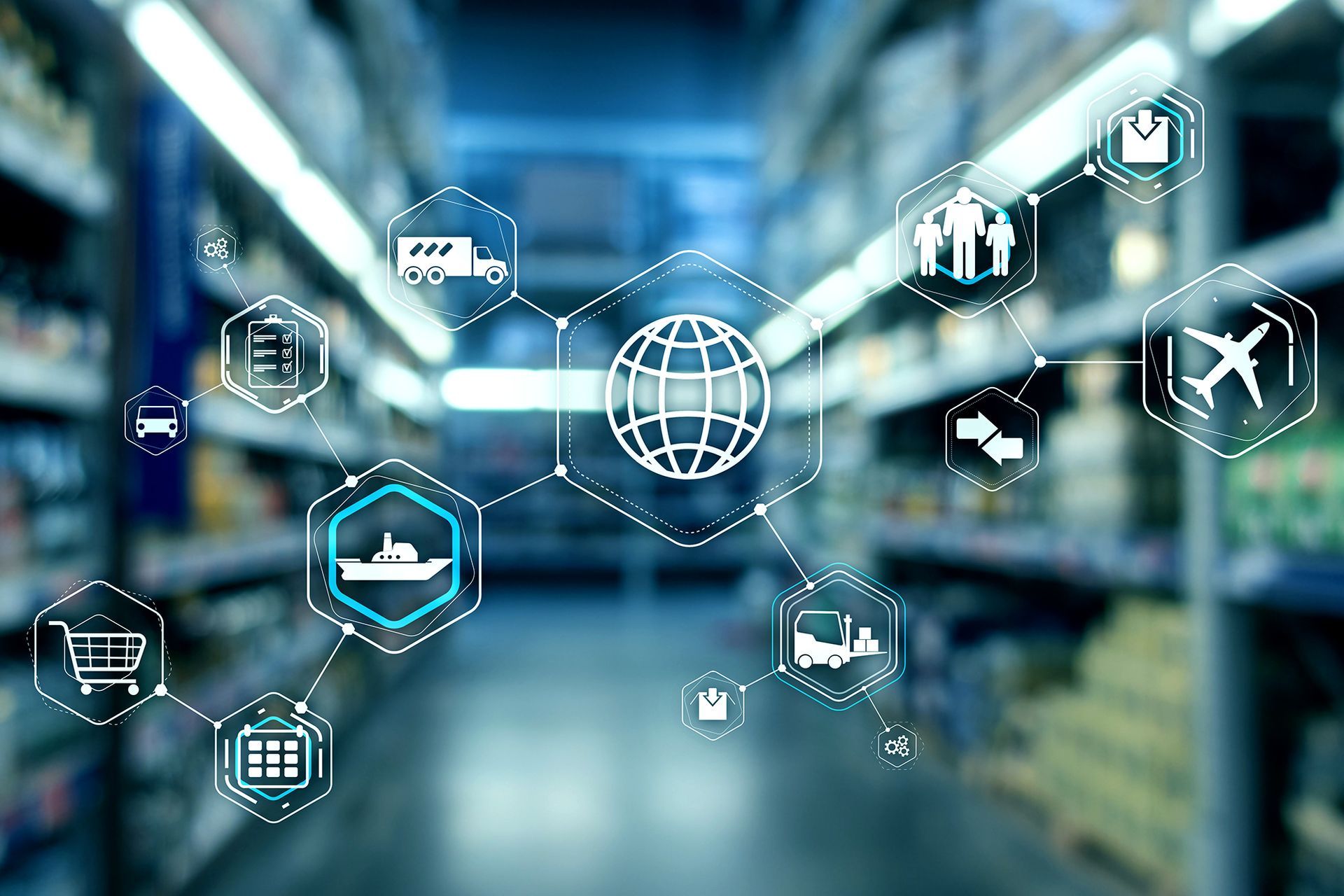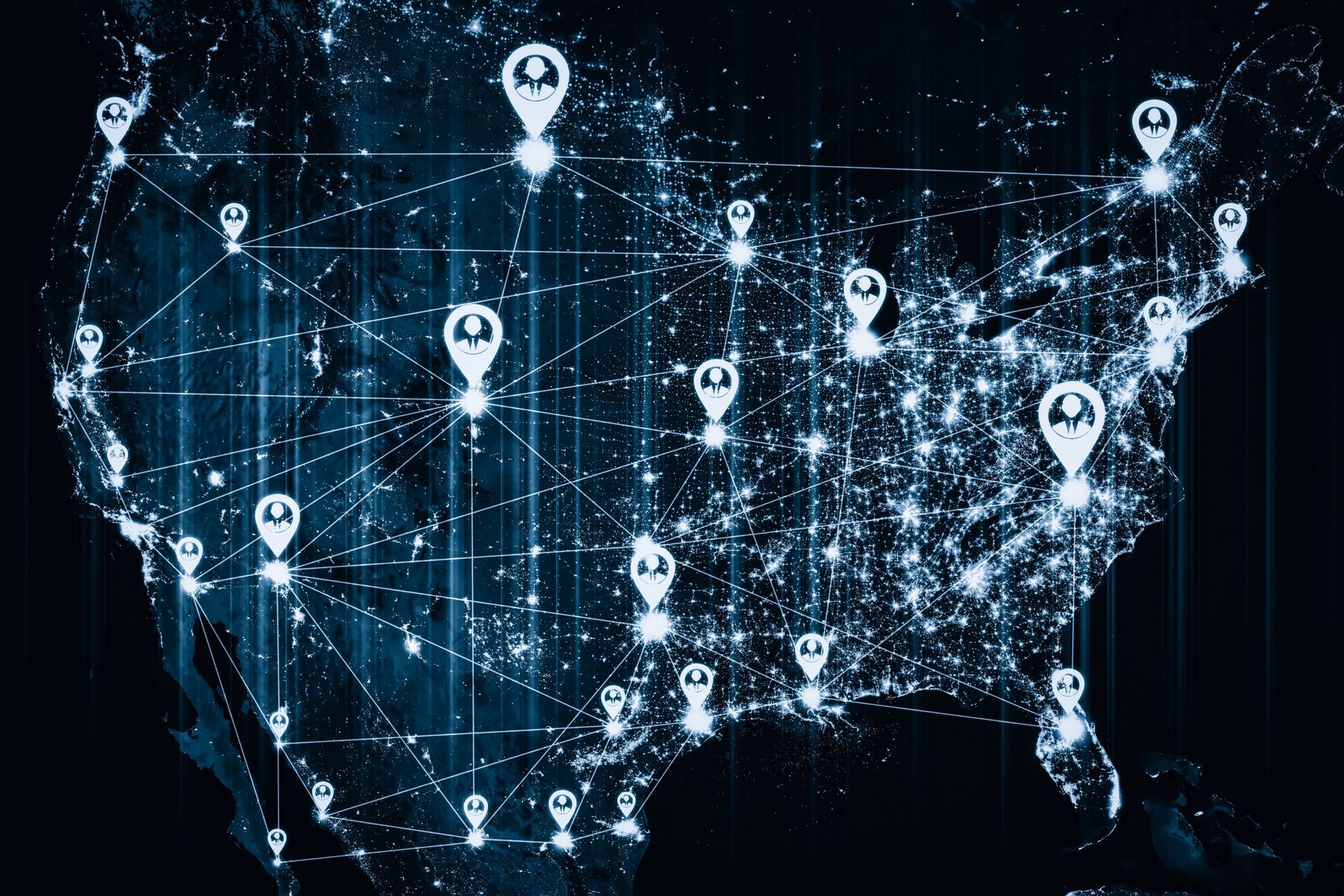IoT and AI helping improve workplace safety
One of the biggest challenges faced within the workplace is the issue of workplace health and safety as ongoing training is required within most industries. All it takes is one simple mistake and a serious workplace accident can occur.
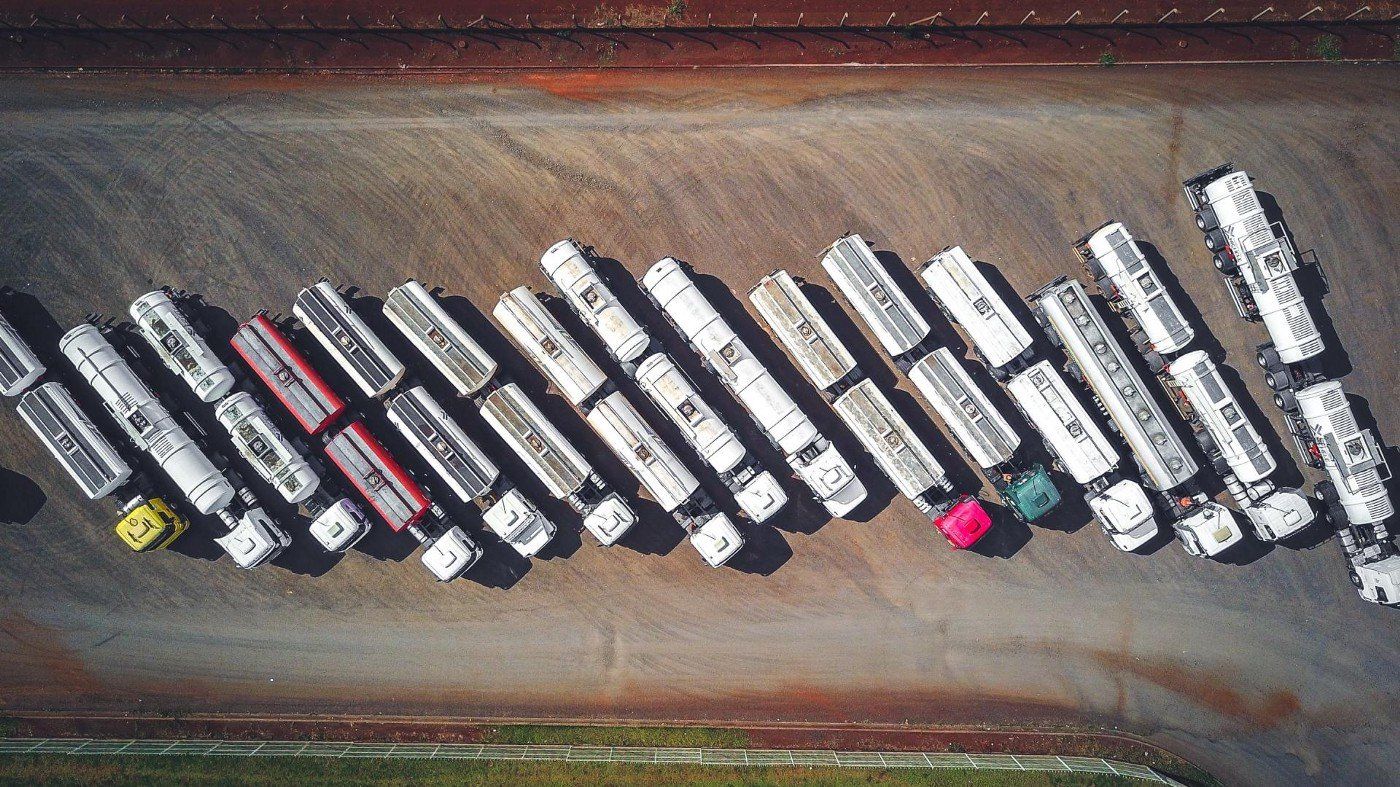
Work place accidents are at an all-time high. We are now faced with the potential of emerging technology in order to improve safety within workplaces. One of the biggest challenges faced within the workplace is the issue of workplace health and safety as ongoing training is required within most industries. All it takes is one simple mistake and a serious workplace accident can occur.
IBM highlights states that 178 work related accidents occur every 15 seconds in a day. Sadly 2.78 million people die from accident or work-related diseases each year. Factors such as wellbeing, training, working conditions, safety of equipment and knowledge of using the equipment are linked to workplace accidents. The United States Department of Labour estimates that the annual costs of workplace health and safety injuries and diseases amount to USD 170 billion however this only accounts for the United States of America. IoT and AI are opening up a whole world of possibilities for workplace safety.
IoT and AI work hand in hand unleashing its full potential to improve workplace safety. Industrial IoT refers to the interconnectedness of machinery, equipment and facilities in order to improve a number of operations. IoT Sensors have the potential to monitor the safety of employees and potential hazards. Some sensors can be programmed to even monitor levels of carbon monoxide, weather, temperature, pollutants and vibration to just name a few. Such benefits include improvements in costs, productivity, and an increase in workplace safety.
To explain easily AI can defined as the use of robots and other devices with computational capabilities in order to perform cognitive or smart functions that humans would usually do alone. AI allows for data to be collected and analysed accordingly providing insightful analytics to the processes and tasks at hand. By combining this data with IoT principles, it can effectively allow for improved operational output while allowing for greater predictions to be developed thereby reducing risk and injuries within the workplace.
Wearables have become the cornerstone for development of technology able to be used in improving workplace safety. Every day equipment has surprisingly been transformed into smart products ultimately enhancing every day safety. Wearables in the industry include equipment such as helmets, jackets, and watches. The sensors attached to these items then collect data linked to the worker’s wellbeing and the working environment. The possibilities of collecting such data is endless and has the potential to transform every day worker’s lives making way for greater workplace safety.
The concept of sensors is about being able to take preventative action to decrease the likelihood of such incidents occurring. Sensor technology is becoming prominent in the manufacturing industry in order to predict unsafe conditions by relaying data in real time. Many companies are already creating solutions based on the problem of workplace safety. Consider for a moment how this could transform the industry you work in.
Incorporating IoT and AI technology isn’t simply just to improve the immediate safety of workers. IoT and AI have other use cases including predictive maintenance. This first begun with the concept of IoT strategies allowing machinery to be measured, monitored and predictions to be made based on the health of the machines in real time. This is further enhanced by AI allowing workers to be notified when machine failures have occurred, predicting failures and when to schedule maintenance. This is able to be achieved by the data analysed from the machine in use which in turn is able to eliminate unnecessary maintenance and unpredictable downtime.
One of the most dangerous tasks undertaken in the manufacturing industry is inspections of machinery. As you can imagine anything can go wrong in the blink of an eye. There are many machines that require inspections internally and externally significantly increasing the risk experienced by the inspector. Workers must always take care when inspecting machines, in addition to being thoroughly trained and skilled. Emerging technology is significantly transforming inspections for humans. It is now becoming possible for robots with IoT and AI capabilities to conduct inspections, which as you can imagine significantly increases safety for inspectors and other workers on the shop floor. The use of robots and their capabilities, will further help proactive maintenance and predictive maintenance processes to be developed.
It’s no wonder why the manufacturing industry is starting to implement IoT and AI technology at such a rapid pace. The technology undeniably can enhance workplace safety greatly. It’s only a matter of time before almost every manufacturing company will implement such technology. The emerging technology is becoming increasingly important to assist in implementing greater risk management and increase worker’s safety. IoT and AI are allowing companies to make informed decisions based on the data collected. Consider for a moment, will companies be able to survive in the industry in the future without this emerging technology?
Share Our Post.
Awards & Recognition
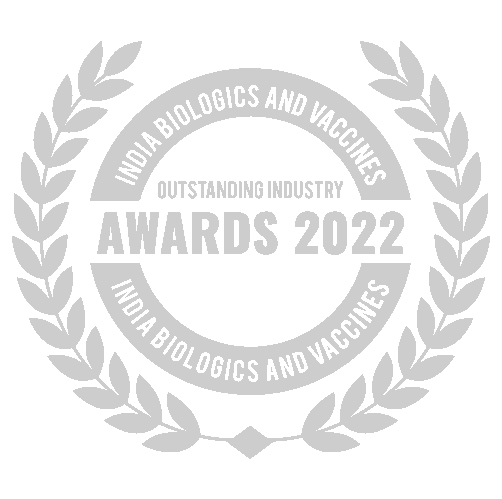
Best Temperature Monitoring Solution Provider
Awarded by India Biologics & Vaccines Outstanding Industry Awards 2022

Adapt Ideations Recognised As A Supply Chain Leader
by Alcott Global on Supplify's Supply Chain Tech Map 2.0
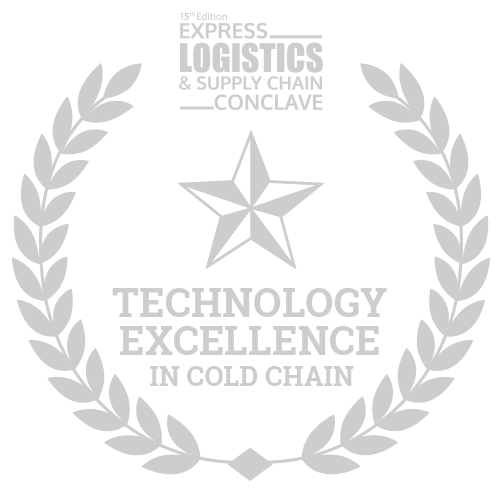
Related Articles.

